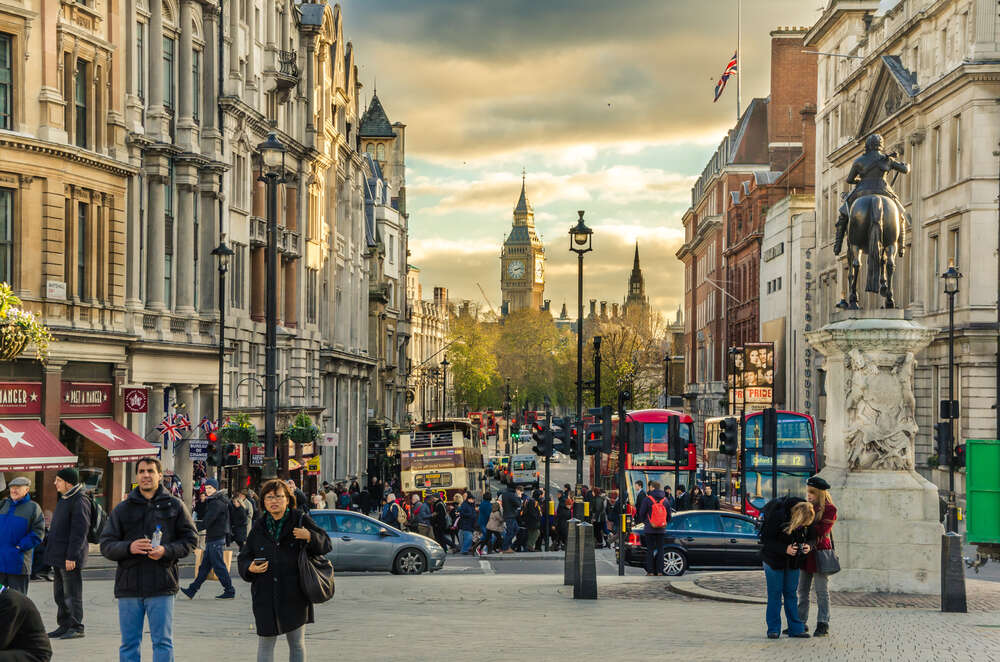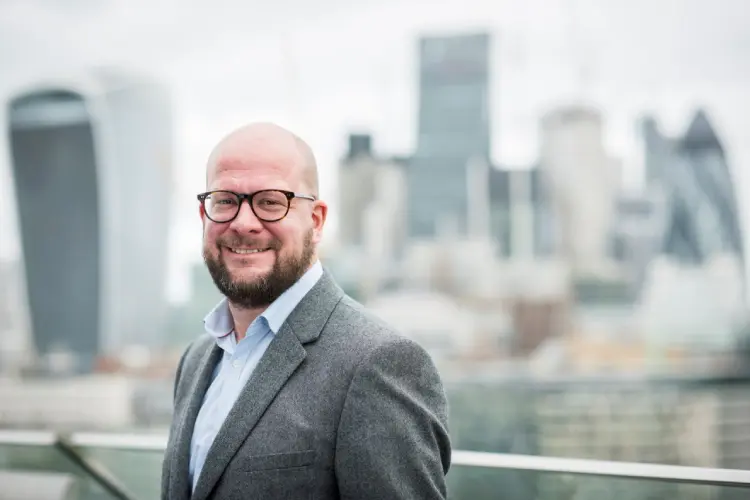
A framework for the implementation of emerging technologies across London was announced by the capital’s mayor, Sadiq Khan, today. Speaking at a London Tech Week event on the future of work, Khan said that the new Emerging Technology Charter will support the city’s tech sector by making it more open and accessible to Londoners.
“London’s Emerging Technology Charter, the first of its kind in the UK, is a set of practical and ethical guidelines focused on openness, digital rights, use of data and sustainability of technology,” Khan said.
“We hope this will set clear and shared expectations to tech buyers and makers to innovate successfully, and that it will give Londoners and their elected representatives a clear framework to ask the questions they want answering about the technology proposed or deployed in London.”
The Charter, which was part of Khan’s 2021 Mayoral Manifesto pledges, sets out four principles for implementing technology in the capital and assessing its impact on people’s rights and privacy. These principles are openness, respect for diversity, trustworthiness with personal data, and sustainability. The framework in its current form is the result of a series of consultations with the public, local councillors and companies developing and implementing technologies across the city.
Although the charter is voluntary and as such not legally binding, the Mayor hopes that it will be used by anyone implementing technologies such as 5G, facial recognition, driverless cars or drones in London, including local government and private companies: “We need everyone on board to make this work,” Khan said.
Know-how for companies and organisations using emerging tech in London
Theo Blackwell, London’s chief digital officer and chair of the Smart London Board, which is behind the charter, says that the document is the reference that companies can use when developing their smart city products, because at the moment there is no single point that organisations can look at in regards to how emerging technology is implemented in London.

“One of the challenges about smart city technology and one of the criticisms of it is that it’s quite solutionist,” Blackwell told Tech Monitor. Digital access, respecting diversity and ensuring that these technology applications are fair and sustainable should be factored in from day one of the product design and development, he says, explaining: “In order to gain people’s trust, you need to blend in and have a discussion with us [citizens] about the look and feel and design of these things in our city because it’s our home too.”
Unlike in the US, where cities have what Blackwell described as “substantially greater” power, local governments in the UK and Europe do not have the authority to regulate new technologies, and instead have to look to rules set by the government on a national level. In contrast to this, laws in the UK allow telecom operators to easily deploy their technologies, and Blackwell says there should be a discussion about how that deployment happens.
“At the moment [the Charter] is not tied to any official procurement guidance,” he says. “But if I wanted to develop and deploy a new piece of smart city technology – something that either directly uses people’s personal data or aggregates it and I make judgments from that – what’s the framework where I can have a good conversation with the city about that? What do I have to bear in mind?”
He continues: “If I’m a company, I’ll be looking at managing risks in relation to people’s privacy or the reputation of my organisation. This [Charter] helps that due diligence.”
A shared register of DPIAs
Blackwell adds that the aim of the Charter is also to address the national government’s recently launched consultation on data reforms, which outlines some of the ways the UK’s data laws could be reformed. One of the burning issues around the consultation is the possibility of scrapping GDPR’s Article 22, which would dilute or nullify the “human-in-the-loop” provision for algorithmic decision making in current data laws.
“The purpose of the charter was really to address a point that the government makes in its consultation ‘Data: a new direction’, which is the guidance for innovating responsibly currently held across government departments, across England and across city departments, academia and civil society,” Blackwell says. “It actually makes it difficult for an innovator or a buyer of technology, let alone the public to say, ‘OK, well, where are these values and where is this practical guidance in one place?’ It just doesn’t exist. […]
He continues: “So it’s right for us to try and express what we want to see in practice and some value statements in order for that innovation to happen and to do so in a way that has a good conversation between buyers and sellers and the public on a trustworthy basis as opposed to a conversation where it’s not clear what the right process is or the right way to do things is.”
One of the Charter’s provisions is to create a central data protection impact assessment (DPIA) register on the Greater London Authority’s London Datastore that the public and companies can check. A DPIA is a legal obligation to identify and minimise the risks of a project that when it is likely to result in a high risk to individuals, including facial recognition implementation. However, under current legislation companies and organisations are under no obligation to publish DPIA.
Blackwell offers examples of the NHS app and the use of facial recognition technology by the police, when DPIAs were not published in advance, leaving people unsure on how these technologies would impact their lives. The Charter’s central register of DPIAs could help both the public and organisations using similar technologies.
“Why are our authorities, when they do these things, constantly playing catch up and publishing afterwards, rather than saying, ‘here’s the technology, here’s how we’ve identified risks to your privacy and mitigated against them’,” Blackwell says. “That’s what should happen ideally.” He adds that the charter’s central register of DPIAs could help both the public and organisations using similar technologies to find all these risk assessments in one place.
Learning lessons from neighbouring cities
The Charter draws from the lessons learnt in other European capitals such as Paris, where the deployment of e-scooters has led to hundreds of collisions and other incidents. In June, Transport for London launched a phased trial to allow the legal use of e-scooters in public roads and since then the use has been extended to nine boroughs in the capital.
“One of the provisions in the e-scooter trials was sharing data with Transport for London as a contract stipulation,” explains Blackwell. “This meant that we knew where the e-scooters were and so at the end of the day, if you know there are a pile of e-scooters outside of Buckingham Palace, you could tell the company to go and pick them up so that they weren’t creating obstacles or despoiling our historic sites or causing inconvenience to citizens.”
These lessons learnt through “the lived experience” of other cities have been incorporated into London’s own procurement, adds Blackwell, who says that the charter will enable organisations such as TfL and the police to emerge from professional siloes and develop a shared approach to deploying technology. “We can bring out principles from our lived experience that we can apply across the board,” he says.







